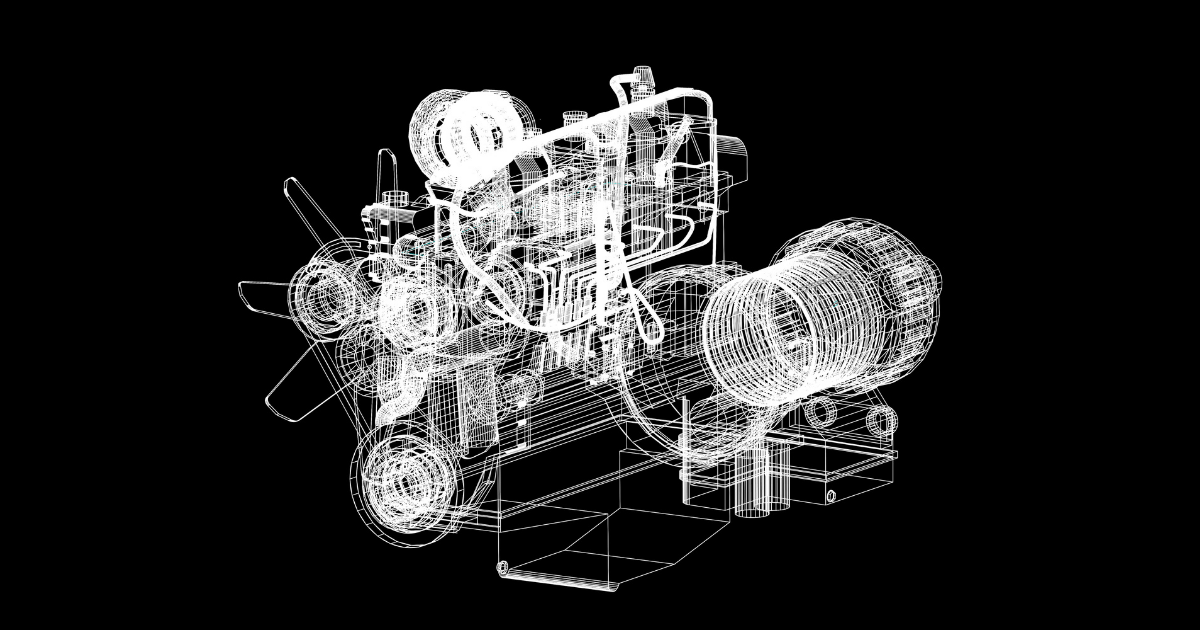The True Story of The World’s Fastest Indian
Hollywood gave us the legend. But the real story of Burt Munro and his Indian Scout is even more...
Fire up a fresh engine and you’re holding potential in its purest form. Whether it’s a factory-fresh crate motor, a high-dollar rebuild, or a hand-built race engine, those first miles matter more than most people realize. Break-in isn’t just tradition, it’s science. Done right, it sets the foundation for horsepower, longevity, and collector-grade reliability. Done wrong, and you’re leaving performance on the table.
Let’s get into why engine break-in is critical and the science behind doing it right.
A new or rebuilt engine is full of precision-machined parts: pistons, rings, bearings, and valvetrain components. Even with modern CNC machining, no two surfaces are perfectly mated out of the gate. Break-in allows microscopic imperfections to wear into harmony.
Think of it as the engine “learning” itself. The right combination of heat cycles, lubrication, and controlled load lets those parts seat properly. The result:
Better compression
Reduced oil consumption
Longer bearing and cylinder wall life
Skip this process, and you risk glazing cylinders, uneven ring seating, and premature wear.
 The Critical First Fire-Up
The Critical First Fire-UpThe very first start is the most important moment in an engine’s life. Oil must circulate instantly, protecting components under load. Most builders recommend:
Prime the oil system before first fire (manual priming pump or pre-lube tool).
Bring the engine up to 2,000–2,500 RPM immediately—this ensures proper camshaft and lifter lubrication, especially for flat-tappet cams.
Run for 20–30 minutes at varying RPM, monitoring oil pressure, temps, and leaks.
This isn’t idling in the driveway. It’s controlled, intentional, and crucial.
One of the biggest goals of break-in is getting the piston rings to seal properly against the cylinder walls. Combustion pressure pushes the rings outward, cutting microscopic grooves into the cylinder crosshatch. This process creates a tight seal that locks in compression and keeps oil out of the combustion chamber.
Too little load early on? The rings glaze, sealing poorly.
Too much load too soon? You risk scuffing the walls.
The sweet spot is moderate, varied acceleration and deceleration. Not babying it, not abusing it.
 Oil Choice During Break-In
Oil Choice During Break-InOil isn’t just lubrication, it’s chemistry. During break-in, you want an oil that protects while still allowing controlled wear.
Conventional break-in oil is often recommended over synthetic at first. Synthetics can be too slippery, slowing the seating process.
High-zinc (ZDDP) formulations are critical for flat-tappet cams, providing the anti-wear protection they demand.
After break-in, switching to synthetic for long-term use is usually ideal.
Most builders suggest the first oil change at 500 miles or less, dumping any break-in debris before it can circulate further.
Engines don’t break in on the dyno alone, they need real-world load cycles. The key points:
Avoid sustained high RPM during the first 500 miles.
Vary throttle input constantly, don’t just cruise at one speed.
Allow the engine to cool between sessions in the early hours. Heat cycling helps metals expand, contract, and stabilize.
This methodical approach is why seasoned builders say: “How you drive it early is how it will run forever.”
Today’s engines, with tighter tolerances and advanced materials, sometimes require shorter break-ins than classics. But the fundamentals remain. Whether it’s a fuel-injected LS or a hand-built HEMI, physics hasn’t changed, metal still needs to seat, and lubrication still makes or breaks longevity.
At HotRod Collection, we’re all about investment-grade performance machines. That means engines not only look pristine but run flawlessly for years to come. Proper break-in is part of that legacy, treating every mile as an investment in performance and value.
Got a freshly rebuilt engine? Respect the science. Take the time, follow the process, and you’ll be rewarded with an engine that sings.
Got a garage full of greatness? Call or text 802-HOT-RODS (802-468-7637)
Hollywood gave us the legend. But the real story of Burt Munro and his Indian Scout is even more...
Killer Craftsmanship. Vintage Vibes. Modern Performance. At HotRod Collection, we don’t just admire...
When it comes to exotic legends, the 1974 De Tomaso Pantera GTS stands in a league of its own. Born...
